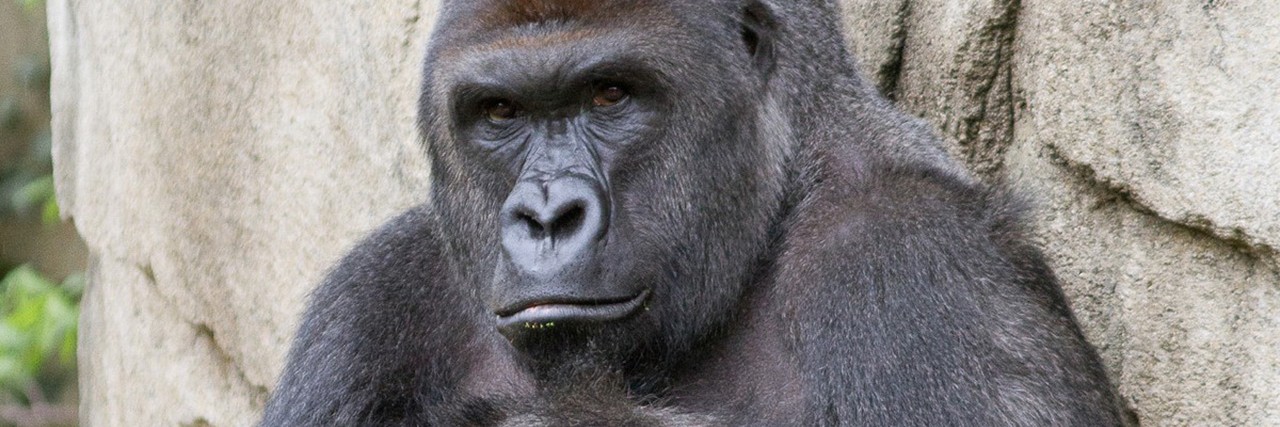
By now, you’ve heard about the controversial and tragic death of Harambe, the endangered Western Lowland Silverback Gorilla at the Cincinnati Zoo. The internet has gone ablaze about who should be at fault for Harambe’s death. People are passionately divided. Opinions vary from backing up the Cincinnati Zoo’s decision to charging the zoo and the mother of the young boy with criminal negligence. Some have gone as far to say that if the child would have died at Harambe’s hand, he would have deserved it for wandering in there.
When I first saw the footage, I felt sick to my stomach. Being the primary caregiver of John, my autistic brother, I understand how easy it is for a young child to slip away. I am in no way condoning the mother’s actions, or lack of actions, depending on your views. But, I do understand how in a second everything can change from calm to life-threatening. John slipping away happened to us, more than once.
Autistic children are at risk of eloping or wandering. If they are in a situation causing them to have a sensory overload, if they’re scared or if they’re fixated on a particular person, animal, object, sound, and/or smell, they might walk/run off. Wandering was a constant challenge for us, especially in John’s younger years. When John was the same age as the boy at the Cincinnati Zoo, our family went to The San Diego Wild Animal Park. While on the tram ride, which goes around the main animal preserve, John tried to jump out. He wanted to pet the animals. Since there were no seat belts on that tram, Dad had to hold John on his lap to keep him safe. I could only imagine how terrifying it would have been if John was able to get down to the animals.
I remember the looks on the faces of our fellow tram patrons as dad was holding John. John was having a meltdown. Since these patrons were with their children, you would think they would have been empathetic. But sadly, this was not the case. I heard some of them whispering, accusing Mom and Dad of being “bad parents and John of being a “spoiled child.” Even if Mom and Dad had explained John’s autism, I don’t think it would have helped them. The judgmental patrons would have probably have stuck up their noses.
As the wandering continued, our parents decided to put John in a leashed child harness while in public. This made going out more difficult. John despised the harness. Then, John figured out how to get out of the harness. We spent most of our time at home and had to take extra security measures to protect John. This included adding higher deadbolts to our doors, installing a television surveillance system, getting a car with child locks and registering John with the local police department as a potential wanderer.
For the next few years, our family took extra precautions. John had a constant chaperone who would always hold his hand in public. By third grade, John developed more speech and went to an elementary school, where the security and teachers took extras measure to make sure he didn’t wander. John’s wandering decreased, but he still wanders to this day.
Recently, John and I were walking to the bus stop. Afraid we were going to miss the bus, John tried to run across a crosswalk with the red light facing us. It was difficult to hold him back from oncoming traffic. As John’s caregiver, it is my responsibility to make sure he is safe.
When we are outside of a situation, it’s so easy for us to stick our noses up and say, “I would never do that, ” or, “That would never happen to me. I’m a responsible parent.” Yet, at a moment’s notice, things can change dramatically.
For resources on autism-related wandering, head here.
The Mighty is asking the following: Describe a moment where you experienced intolerance or inaccessibility. What needs to happen to change this? Check out our Submit a Story page for more about our submission guidelines.

